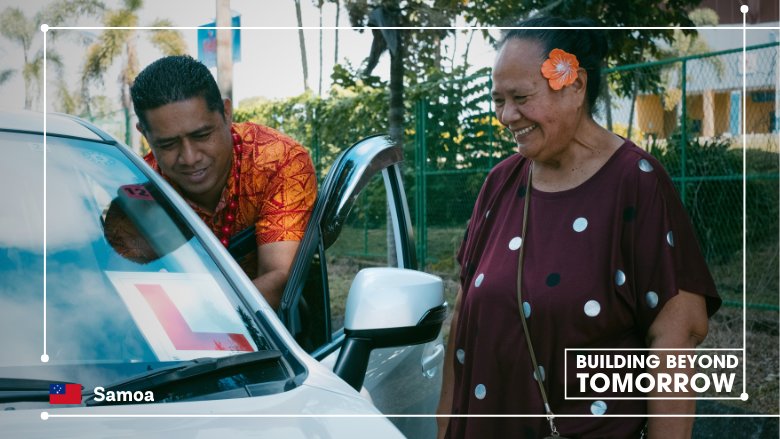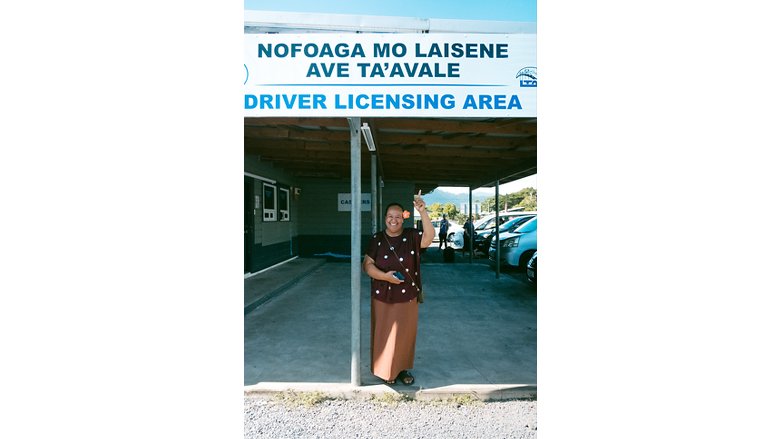There is a quiet revolution happening for many women in Samoa. 63-year-old grandmother Olevia Afa, who lives on the outskirts of Samoa¡¯s capital, Apia, is part of it.
Like many women in her community, Olevia never learned how to drive. In fact, only around one quarter of road users in Samoa are women, and many women ¡ª even if they know how to drive ¡ª are unlicensed.
Olevia says she never dreamed of driving without a license. But the bus service is unreliable and often crowded, and it¡¯s difficult for her to afford a taxi fare, so if she needed to travel long distances, she had to rely on her husband to drive her. She often worried that if her husband was ill and unable to drive, she wouldn¡¯t be able to care for him or herself.
Upon learning about the program through a friend, Olevia was quick to enrol. The overwhelming response saw 100 spots filled within minutes, and over 300 women eventually registered, showcasing the high demand.
Galumalemana Titi Tutuvanu-Schwalger, CEO of Samoa¡¯s Land Transport Authority, was struck by the immense interest, ¡°We [quickly] reached our quota of 100, not only just here in Upolo, but also in Sa¡¯avai,¡± she said. The response led to expanding the program, ¡°for the sake of world peace ¡ we decided to allow registration of all the women that came to our offices to register,¡± she added with a laugh.
Titi clarified that there's no cultural barrier to women driving in Samoa. It¡¯s more about women not having the time or prioritizing themselves last.
Motivated by her family and her husband's health, Olevia was resolute, ¡°My husband might be sick every month or every two months. So, it's good for me to have a driver's license, so I can take him to the hospital to see the doctor and bring him back,¡± she said.
Olevia diligently attended workshops to learn about Samoa¡¯s road rules and how to operate a car. She was so determined to pass the course that she spent extra time studying the road rules on the Land Transport Authority¡¯s website. When it was time to sit the test, her hard work paid off, ¡°I was happy when I got a call from them. I passed the test!¡±
¡°A license ... to me it's very meaningful ¡ I shall show my learner's license to all my family because I was so excited to get a license.¡±
Olevia will practice driving with her learner¡¯s license plates on display for two months before sitting her permanent license test. In the meantime, she is excitedly planning her first drive along Upolo¡¯s upgraded West Coast Road and is hoping to pass many other female drivers on her journey, too.
¡°I am really thankful for ¡ this special program for women. And I think other women are happy too,¡± Olevia said. ¡°I would like to encourage all the women ¡ not to fear ¡ just come just try ¡ You just come and sit the test; get your license and you can drive!¡±




